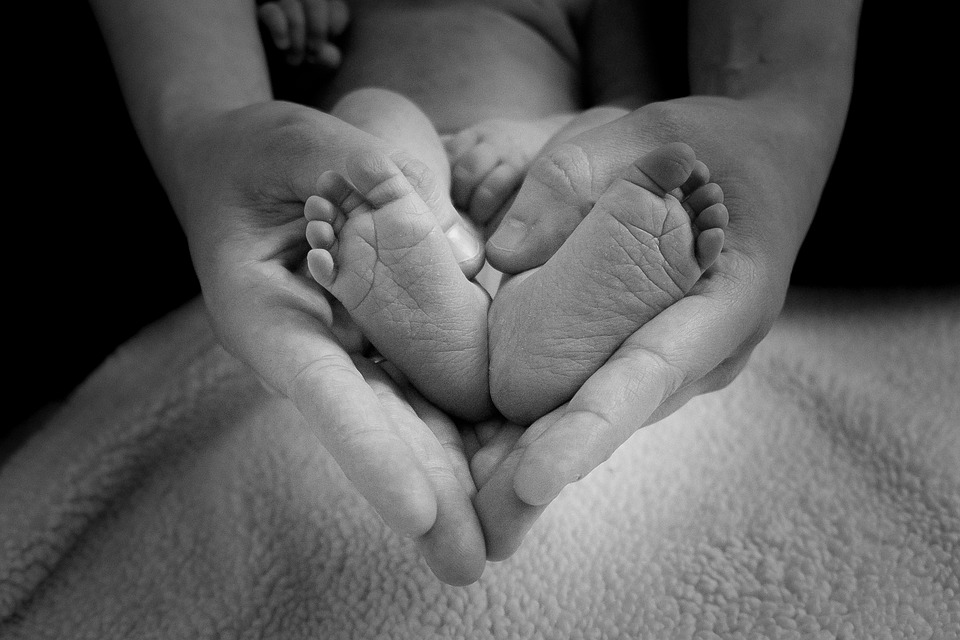The Representation of Motherhood in Classic Literature
Motherhood is a universal theme that has been explored in literature throughout the ages. From the nurturing and protective mother figure to the villainous and neglectful mother, the portrayal of motherhood in classic literature has varied greatly. In this article, we will examine the different representations of motherhood in classic literature and how they reflect the values and beliefs of the time.
The Nurturing Mother
One of the most common representations of motherhood in classic literature is the nurturing mother figure. This type of mother is typically depicted as loving, caring, and self-sacrificing. She is often willing to do whatever it takes to protect and care for her children, even at great personal cost.
One classic example of the nurturing mother figure is Ma Joad in John Steinbeck’s novel “The Grapes of Wrath.” Despite the hardships and challenges she faces, Ma Joad remains strong and resilient for the sake of her family. She is the emotional anchor of the Joad family, providing comfort and support in times of need.
Another example of the nurturing mother figure is Marmee in Louisa May Alcott’s “Little Women.” Marmee is a kind and gentle mother who always puts her daughters’ needs above her own. She teaches them valuable life lessons and instills in them the importance of kindness, generosity, and empathy.
The Villainous Mother
On the other end of the spectrum, classic literature also features representations of motherhood that are less than ideal. The villainous mother figure is often portrayed as cruel, abusive, and neglectful towards her children. She may prioritize her own needs and desires over those of her children, leading to their suffering and unhappiness.
One of the most infamous villainous mothers in literature is Mrs. Reed in Charlotte Brontë’s novel “Jane Eyre.” Mrs. Reed is a cold and cruel woman who mistreats her niece, Jane, and denies her the love and affection she craves. Her actions have a lasting impact on Jane, shaping her into the independent and resilient woman she becomes.
Another example of the villainous mother figure is Mrs. Bennet in Jane Austen’s “Pride and Prejudice.” Mrs. Bennet is a vain and frivolous woman who is more concerned with securing advantageous marriages for her daughters than with their happiness. Her obsession with social status and wealth leads to conflict and disappointment within her family.
The Complex Mother
Not all representations of motherhood in classic literature fit neatly into the categories of nurturing or villainous. Some literary mothers are more complex and nuanced, displaying a combination of positive and negative traits. These characters grapple with the challenges and contradictions of motherhood, giving them a depth and richness that is both relatable and compelling.
One example of a complex mother figure is Hester Prynne in Nathaniel Hawthorne’s “The Scarlet Letter.” Hester is a single mother who faces ostracism and shame for her perceived sins. Despite this, she remains fiercely loyal to her daughter, Pearl, and is willing to endure any hardship to protect her. Hester’s struggles and sacrifices highlight the complexities of motherhood and the strength that can be found in adversity.
Another example of a complex mother figure is Lady Macbeth in William Shakespeare’s “Macbeth.” Lady Macbeth is a manipulative and ambitious woman who encourages her husband to commit murder in order to seize power. While she is often portrayed as a villain, Lady Macbeth also displays vulnerability and remorse, suggesting a more nuanced understanding of her character.
The Maternal Archetype
Overall, the representation of motherhood in classic literature reflects the cultural norms and values of the time in which the works were written. Through a variety of maternal archetypes, authors explore the complexities of mother-child relationships and the impact that mothers have on their children’s lives.
Whether portrayed as nurturing, villainous, or complex, mothers in classic literature serve as powerful symbols of love, sacrifice, and resilience. Their influence shapes the characters and themes of the stories in which they appear, adding depth and dimension to the narrative.
As readers, we are invited to consider the role of motherhood in our own lives and how it shapes our identities and relationships. The diverse representations of motherhood in classic literature offer valuable insights into the complexities of this universal experience, reminding us of the enduring power of maternal love and sacrifice.
